Your standard thread will often come in a medium 40 or 50 weight. But a huge variety of other threads exist in super fine 100 weight, or super chunky 3 weight options too. In this video, you’ll learn how these different weights of thread will show up (or not be seen at all) and where they can be used for the best advantage. Sew like a pro when you understand how thread weight influences your stitching!
Whether you want the thread to blend in or sparkle and show off, choosing the right thread will make all the difference in your projects.
1. Medium Weight Threads
These are the types of threads that you will most frequently find, most often 40 or 50wt. They can be used for most construction, quilting, machine embroidery, sergers, and general purpose sewing.
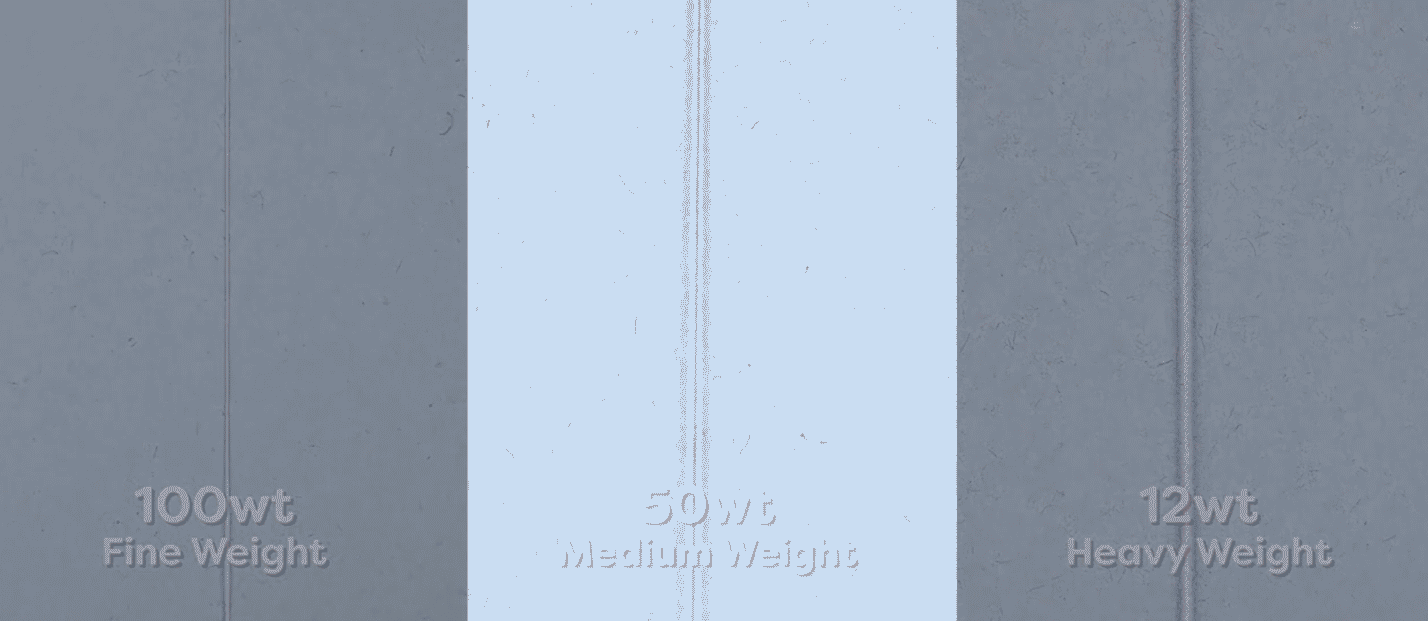
Medium weight threads can be made from all types of materials including cotton, polyester, rayon, and even metallic. This thread weight will blend or show up depending on what the material is made from. Therefore, a cotton will blend more than a metallic will. But if you really don’t want your thread to show, you may wish to consider a different weight.
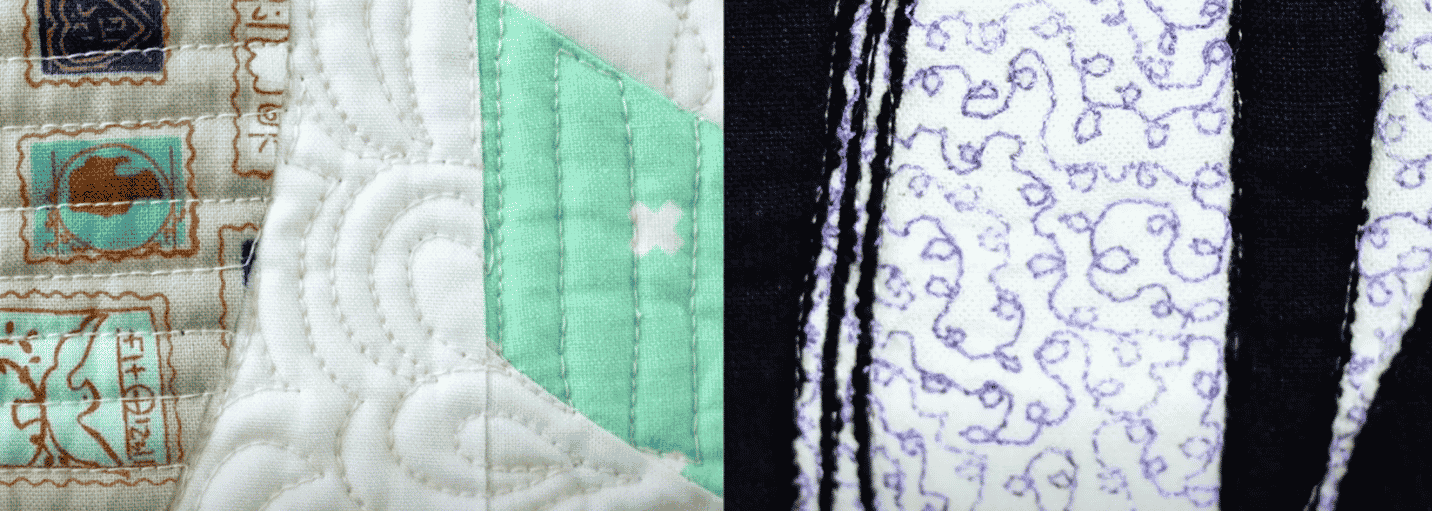
2. Fine Weight Threads
Fine weight threads run from 60wt to 100wt. These smaller threads are ideal for intricate work such as micro quilting and fine detailed machine embroidery like freestanding designs or monograming.
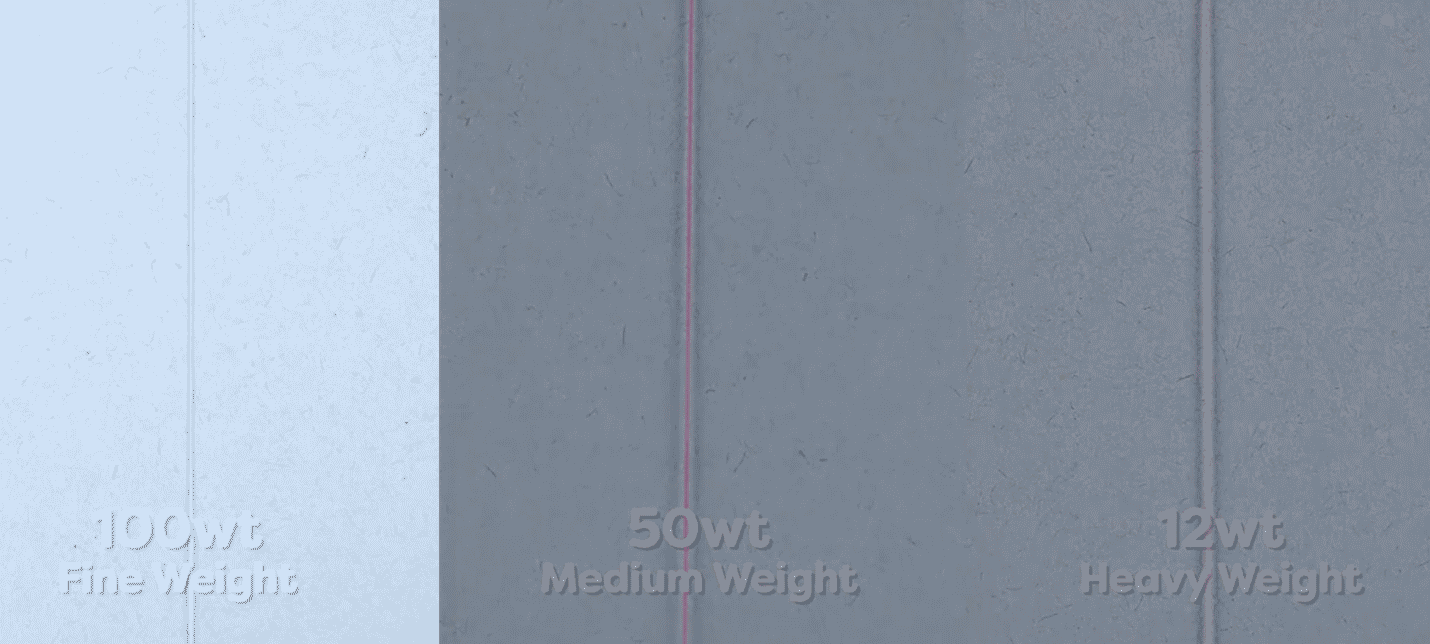
They can be made from cotton on the larger end to polyester on the finer end. The fine threads blend better and take up less space, so they’re ideal for hand & machine appliqué, stitch in the ditch, English paper piecing, and micro quilting. Dense quilting will also leave quilts softer, more flexible and lighter as the thread doesn’t take up as much space or add as much weight.

Quilting with InvisaFil™ 100wt, a light grey blends in with every colour.
This 80wt cottonized polyester thread called DecoBob is our favourite piecing and bobbin thread. Because it’s so fine, it makes seams lay flatter and crisper when piecing. This is especially useful when it comes to foundation paper piecing or when you need to accurately match up patterns and blocks. It’s also incredibly strong, making it a reliable choice to hold your quilts and projects together.
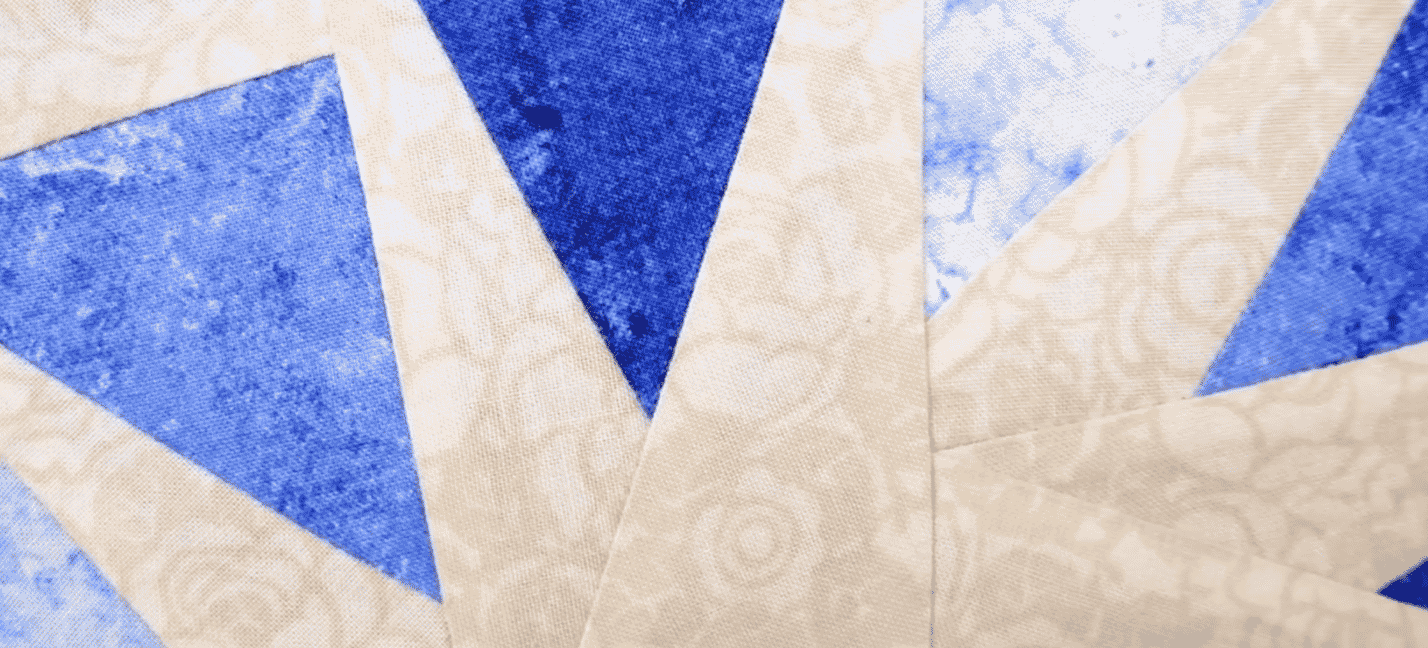
Piecing with DecoBob™ 80wt
As a bobbin thread it is unsurpassed. The fine thread can be paired with any top thread including thicker threads. It greatly reduces tension problems, lets your seams lay flatter and look more professional, and as a bonus, allows your bobbin to hold more thread since the fine thread takes up less space.
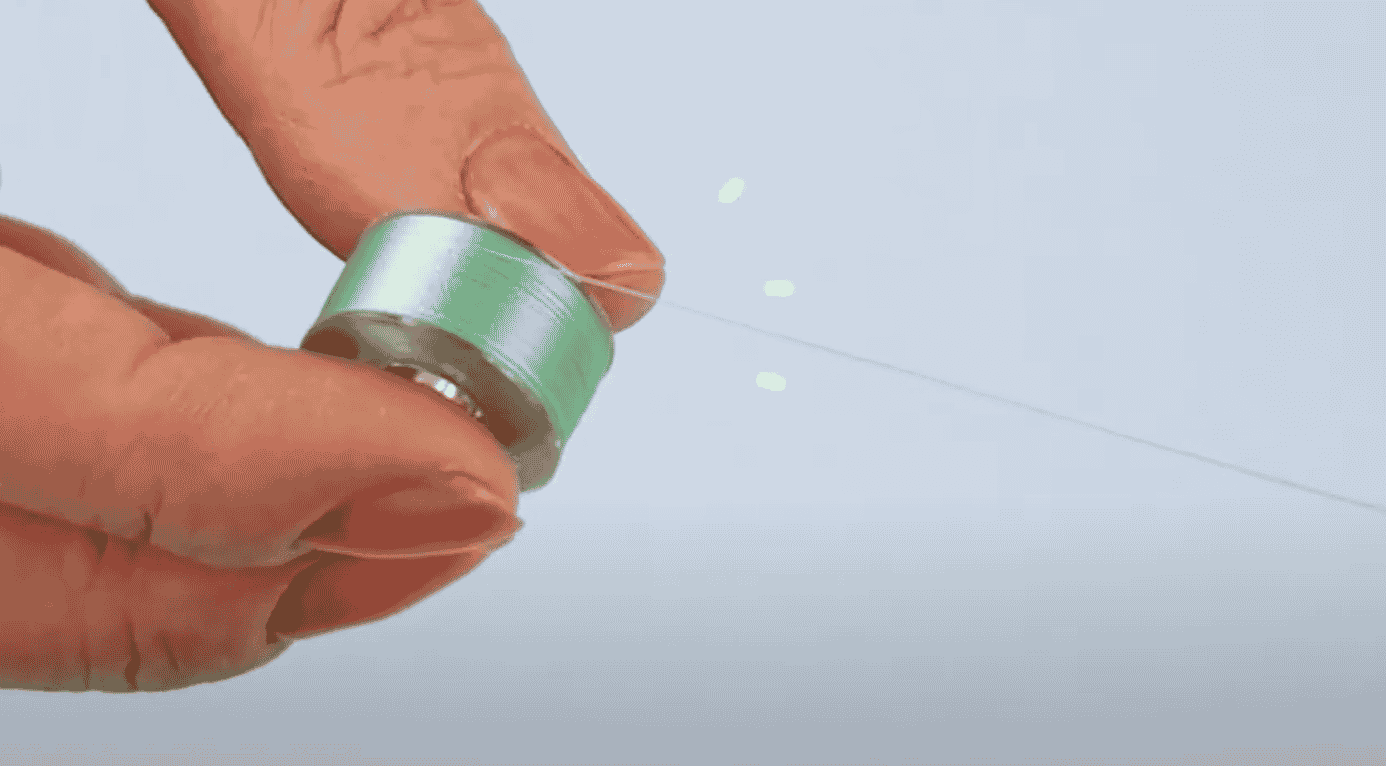
3. Heavy Weight Threads
Heavy weight threads range from 12wt – 3wt. 12wt threads can still fit through the eye of a sewing machine needle, so you can do some incredible stitching with this thicker thread. Whereas 8wt and heavier threads are not recommended as a top thread.
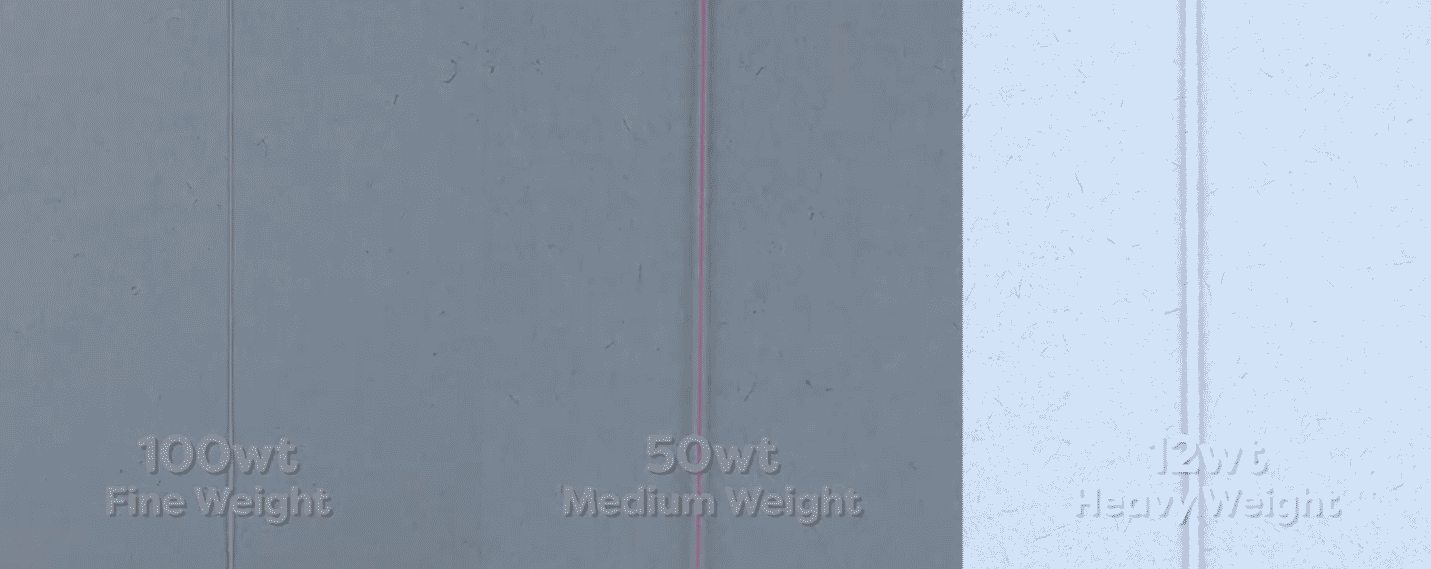
Use 12wt for bold machine quilting, big stitch hand quilting, thread painting, decorative stitching, hand embroidery, sashiko, big stitch hand quilting, crafts, and even hemming jeans. When using it on the machine the thicker thread will stand up from the fabric giving you a wonderful textural effect.
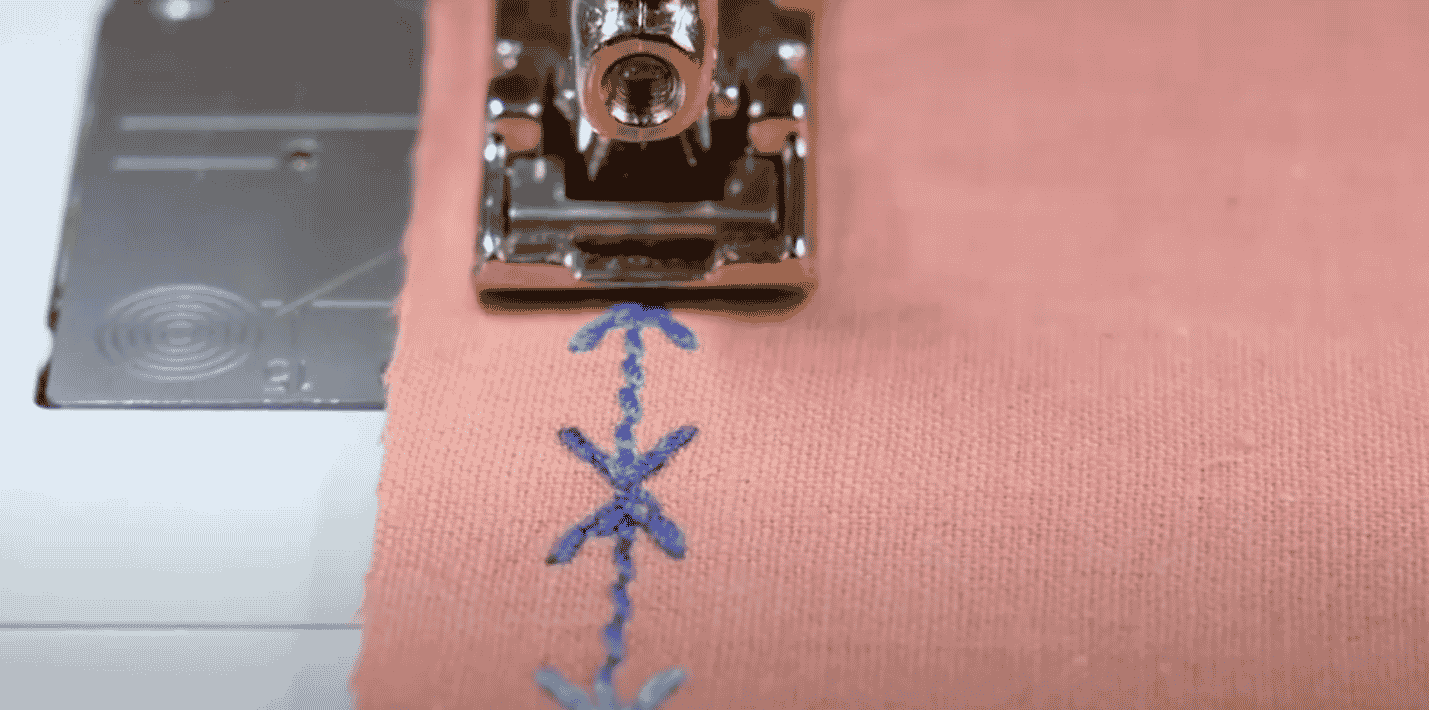
Decorative stitching with Fruitti™ 12wt cotton thread.
8wt threads and thicker the most commonly used for hand embroidery. Even though they’re too thick to fit through the sewing machine needle, you can still do couching and bobbin work with it on a machine, or use it in the loopers of a serger. 8wt and thicker can also be used for the same things as 12wt, in addition to crochet and knitting.
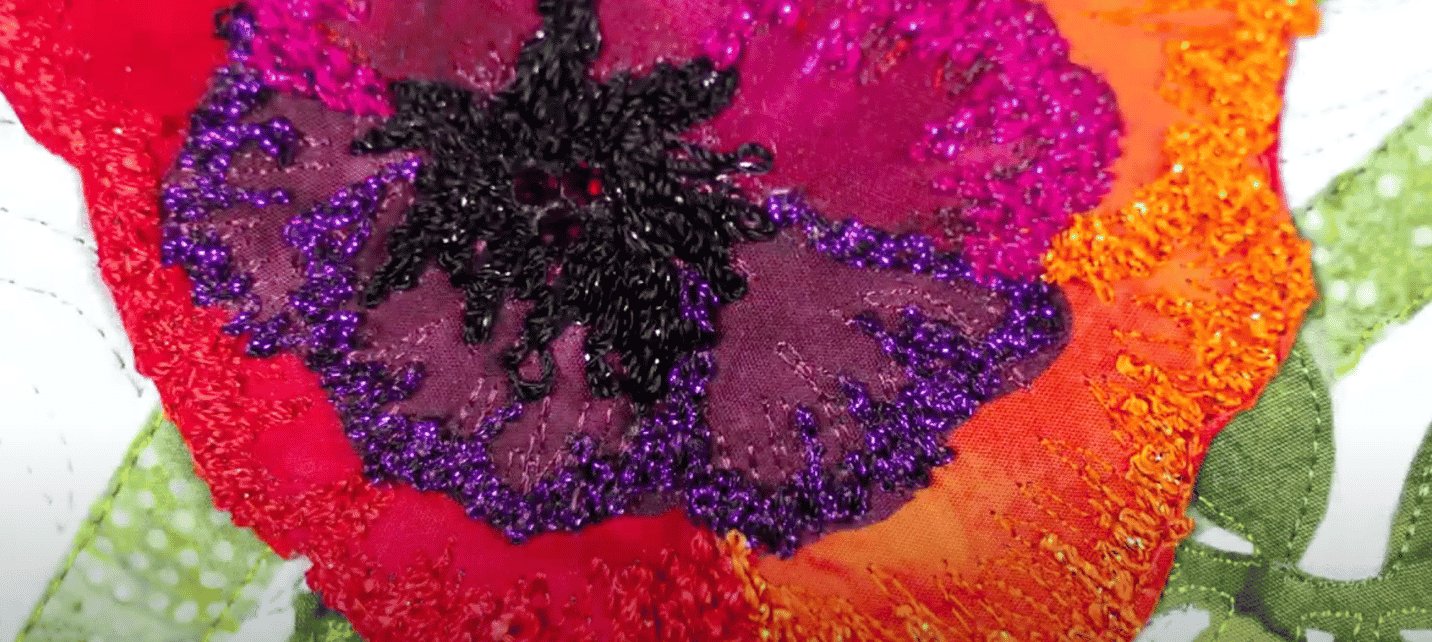
Still have questions about thread weight? Let us know in the comments.

